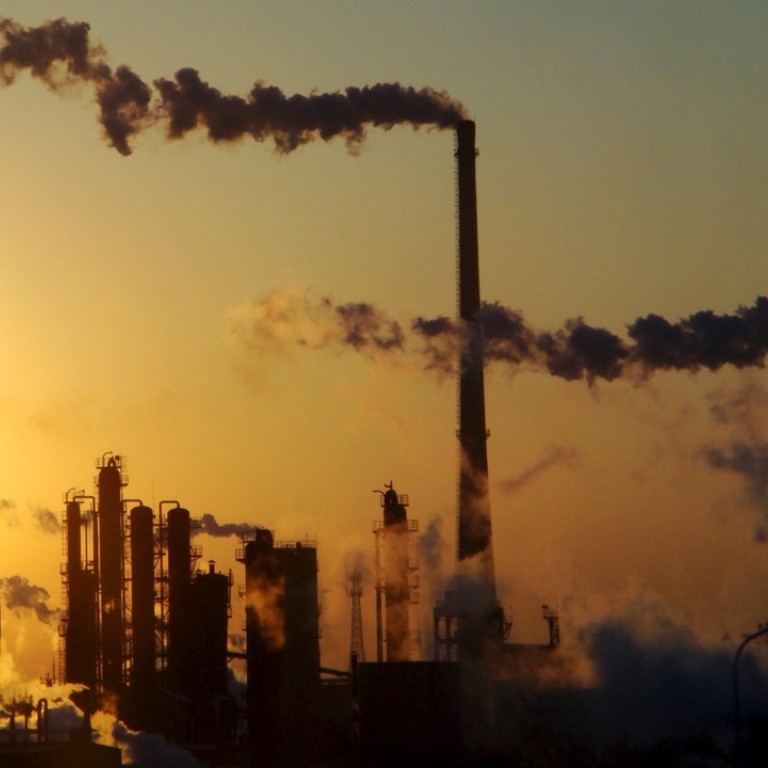
UN climate deal brings hope, but more must be done
- The adoption of a common rule book by nations for reporting emissions and efforts made to cut them is welcome; however, the global body has to guard against inaction
There were hopes the latest United Nations conference on climate change would lead to bold steps towards cutting carbon emissions and meaningful action to help developing countries adapt – paramount goals of the 2015 Paris treaty. They were dashed when the United States and Russia combined with Saudi Arabia and Kuwait to insist on watering down endorsement of a report by UN climate scientists intended to impart a sense of urgency to proceedings. It said capping global warming emissions to avert environmental and economic catastrophe would require dramatic measures, including a shift away from fossil fuels.
At the same time, US President Donald Trump dismissed a study for Congress involving 300 American scientists, which concluded that if emissions continued growing at historic rates climate change would eventually cost the US economy hundreds of billions of dollars and thousands of lives each year.
Nations agree to milestone rule book for Paris climate treaty
With keynotes like those at the outset, it seemed that two weeks of debate and negotiation would produce nothing but hot air. As if to underline them, French President Emmanuel Macron backed down in the face of protests against a key emissions-cutting measure – a rise in the fossil fuel tax.
Thankfully, given the importance of global action to meet the threat, delegates from nearly 200 nations finally made progress of a kind. They adopted a common rule book for reporting emissions and efforts made to cut them, with goals to be reviewed at the UN summit to be held next September.
“Without a clear rule book, we will not see whether countries are doing what they say they are doing,” Canadian Environment Minister Catherine McKenna said.
In the circumstances, it was a substantive achievement and a much-needed boost for a multilateral approach. Understandably, states dealing with floods, droughts and extreme weather linked to climate change say the package lacked bold action to tackle emissions said to cause it.
Poor and developing nations had expected more clarity about funding the climate-change fight and measures to compensate for loss and damage. Another outstanding issue is the integrity of fragmented carbon markets, including a mechanism to guard against practices such as double counting.
The disappointing reality for nations rich and poor is a lack of enthusiasm to cut emissions shown in the final conference text. That is not for want of dire reminders from eminent speakers, with UN General Assembly president Maria Espinosa saying that at its present rate climate change threatens humankind, and naturalist David Attenborough warning that without action, “the collapse of our civilisations … is on the horizon”.
Some may dismiss such talk as alarmist. But without hard evidence to refute it, there is a risk inaction at these summits will come to be seen as the UN’s greatest failure.

